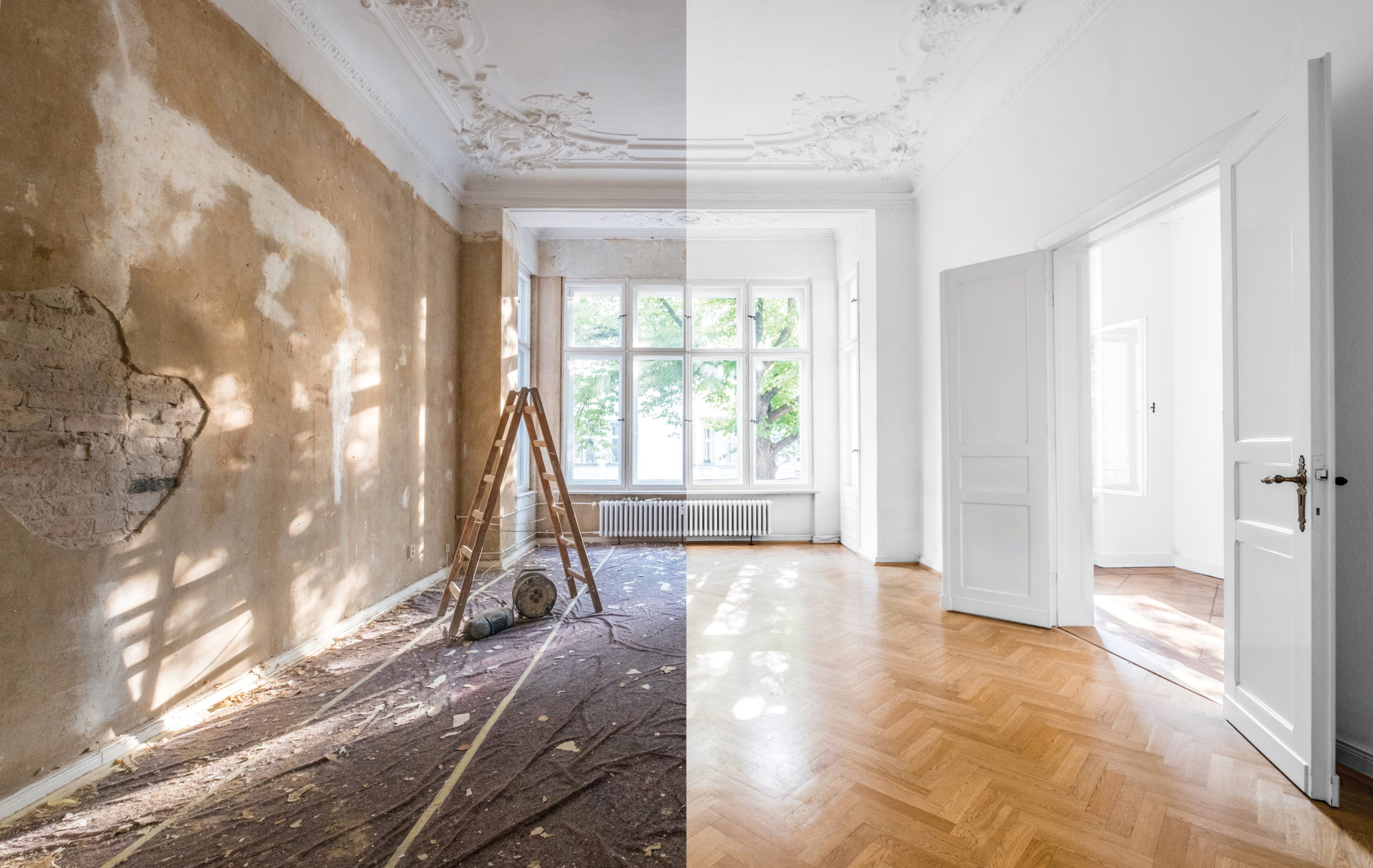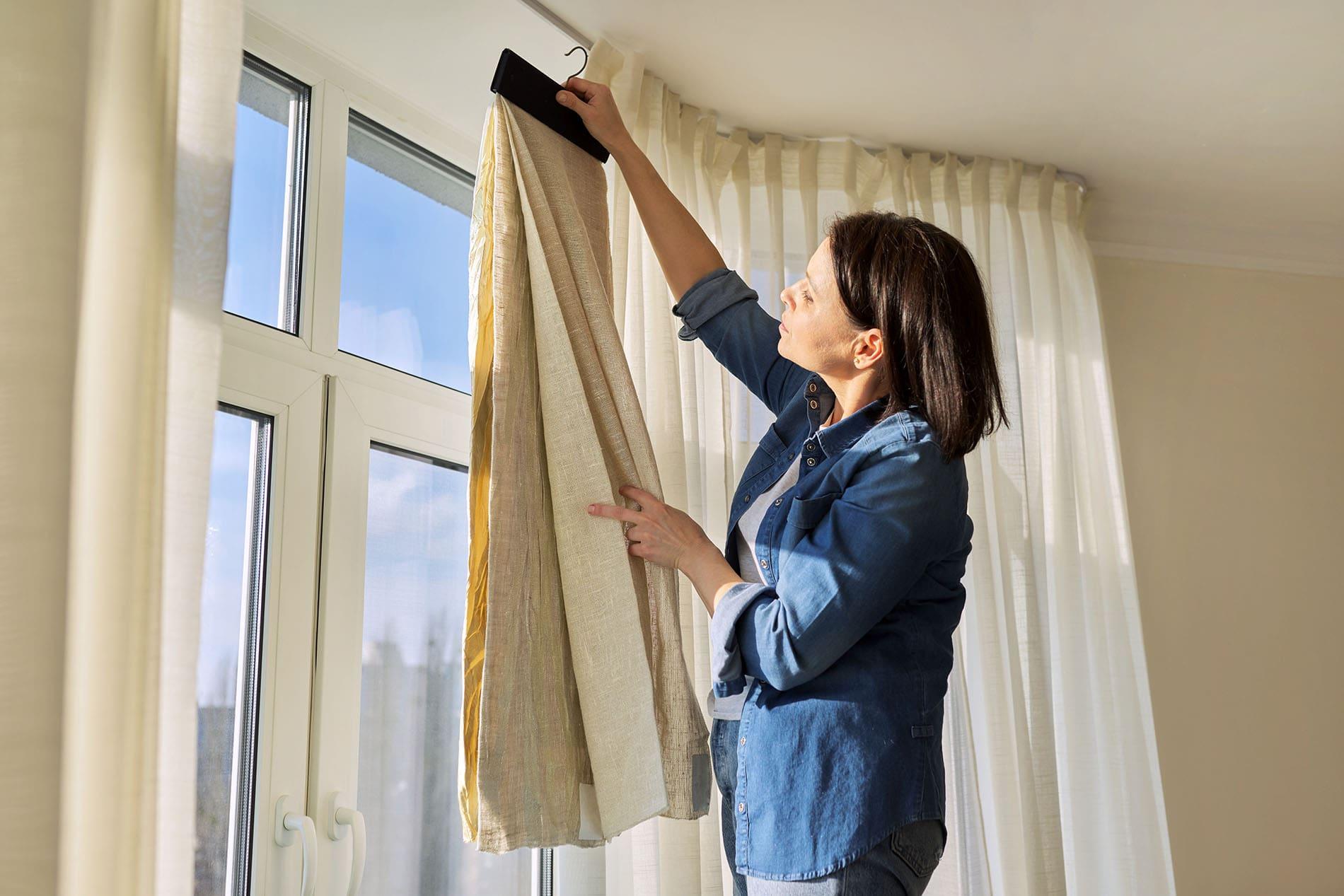Let’s be honest, life can get loud. Whether it’s the neighbor’s dog practicing his opera singing, the rumble of traffic outside your window, or your own family’s enthusiastic (and sometimes deafening) activities, unwanted noise can seriously impact your peace and quiet.fhom
Understanding the Enemy: How Sound Travels Home Soundproofing
Before you dive headfirst into soundproofing solutions, it’s helpful to understand how sound actually works. Sound travels in waves, vibrating through the air (or other materials). These vibrations reach our ears, and our brains interpret them as sound. Think of it like ripples in a pond – the bigger the ripple, the louder the sound. When it comes to home soundproofing, we’re essentially trying to dampen those ripples.
The Two Pillars of Soundproofing: Absorption and Blocking Home Soundproofing
Effective home soundproofing relies on two key principles: sound absorption and sound blocking. Sound absorption deals with reducing the amount of sound that reflects off surfaces within a room. Think of it like a sponge soaking up water – absorbent materials like carpets, curtains, and acoustic panels soak up sound waves, preventing them from bouncing around and creating echoes.
Sound blocking, on the other hand, focuses on preventing sound from passing through walls, floors, and ceilings. This is where denser materials come into play. Think of a thick brick wall – it’s much harder for sound to travel through than a thin sheet of drywall. A good home soundproofing strategy will incorporate both sound absorption and sound blocking techniques for optimal results.
Targeting the Weak Spots: Where Sound Sneaks In Home Soundproofing
Sound is sneaky. It can find its way through even the smallest cracks and gaps. When thinking about home soundproofing, you need to identify the most vulnerable areas. Walls are often the primary culprit, but don’t forget about windows, doors, floors, and even the ceiling. These are all potential pathways for unwanted noise.
Walls: The First Line of Defense Home Soundproofing
Let’s start with walls. A common and effective method for improving wall soundproofing is adding mass. This can be done by adding another layer of drywall, preferably with a sound-dampening compound (like Green Glue) sandwiched between the layers. This added mass makes it harder for sound waves to penetrate the wall.
Another technique is to fill the wall cavities with insulation. While regular fiberglass insulation offers some sound-dampening properties, specialized acoustic insulation is designed specifically for this purpose. It’s denser and more effective at absorbing sound vibrations.
Windows and Doors: Sealing the Gaps
Windows and doors are often weak links in the soundproofing chain. Single-pane windows are particularly notorious for letting noise through. Upgrading to double- or triple-pane windows with laminated glass can make a significant difference. Don’t forget about the frames! Make sure they’re properly sealed to prevent air leaks, which can also allow sound to pass through.
For doors, solid-core doors are generally better at blocking sound than hollow-core doors. Again, sealing is crucial. Use weatherstripping around the door frame to close any gaps. You can also add a heavy-duty door sweep at the bottom to further block sound.
Floors and Ceilings: Addressing Overhead and Underfoot Noise
Sound doesn’t just travel horizontally; it can also travel vertically through floors and ceilings. If you live in an apartment or have noisy upstairs neighbors, this can be a major concern. Adding a layer of mass to the floor or ceiling, similar to the wall treatment, can help. Resilient channels can also be used to decouple the ceiling from the floor above, reducing the transmission of vibrations.
For floors, adding a thick carpet with a dense underlayment can significantly improve sound absorption and reduce impact noise. If you have hardwood floors, consider adding rugs in strategic locations. For ceilings, consider installing a suspended ceiling with acoustic tiles or panels.
The Importance of Air Sealing
Air leaks are the enemy of effective home soundproofing. Even small gaps around windows, doors, pipes, and electrical outlets can allow sound to travel through. Take the time to thoroughly seal these gaps with acoustic sealant. This is a crucial step that is often overlooked, but it can make a big difference in the overall effectiveness of your home soundproofing efforts.
Acoustic Panels: Fine-Tuning Your Sound
Once you’ve addressed the major sources of noise transmission, you can fine-tune the acoustics within your room using acoustic panels. These panels are designed to absorb sound reflections, reducing echoes and reverberation. They come in a variety of shapes, sizes, and materials, so you can find ones that fit your décor. Strategically placing acoustic panels on the walls and ceiling can create a more balanced and comfortable sound environment.
White Noise Machines and Sound Masking
While not strictly soundproofing, white noise machines and sound masking techniques can be helpful for masking residual noise that you can’t completely eliminate. These devices generate background noise that can help to cover up unwanted sounds, making them less noticeable.
Professional Help: When to Call in the Experts
For complex home soundproofing projects, it’s often best to consult with a professional acoustician or contractor. They have the expertise and experience to assess your specific needs and recommend the most effective solutions. They can also ensure that the work is done correctly, maximizing the soundproofing benefits.
Home Soundproofing on a Budget: DIY Options
Home soundproofing doesn’t have to break the bank. There are many DIY options available that can make a noticeable difference. Sealing gaps, adding weatherstripping, and hanging heavy curtains are all relatively inexpensive ways to improve soundproofing. You can also explore DIY acoustic panel options using materials like mineral wool or fiberglass insulation.
Creating Your Sound Sanctuary
Ultimately, home soundproofing is about creating a space where you can escape the noise and enjoy peace and quiet. Whether you’re trying to block out the sounds of the city or simply create a more tranquil environment within your home, the right soundproofing strategies can make a world of difference. It’s an investment in your comfort, your well-being, and your overall quality of life. By understanding the principles of sound transmission and targeting the weak spots in your home, you can transform your space into a true sanctuary.




